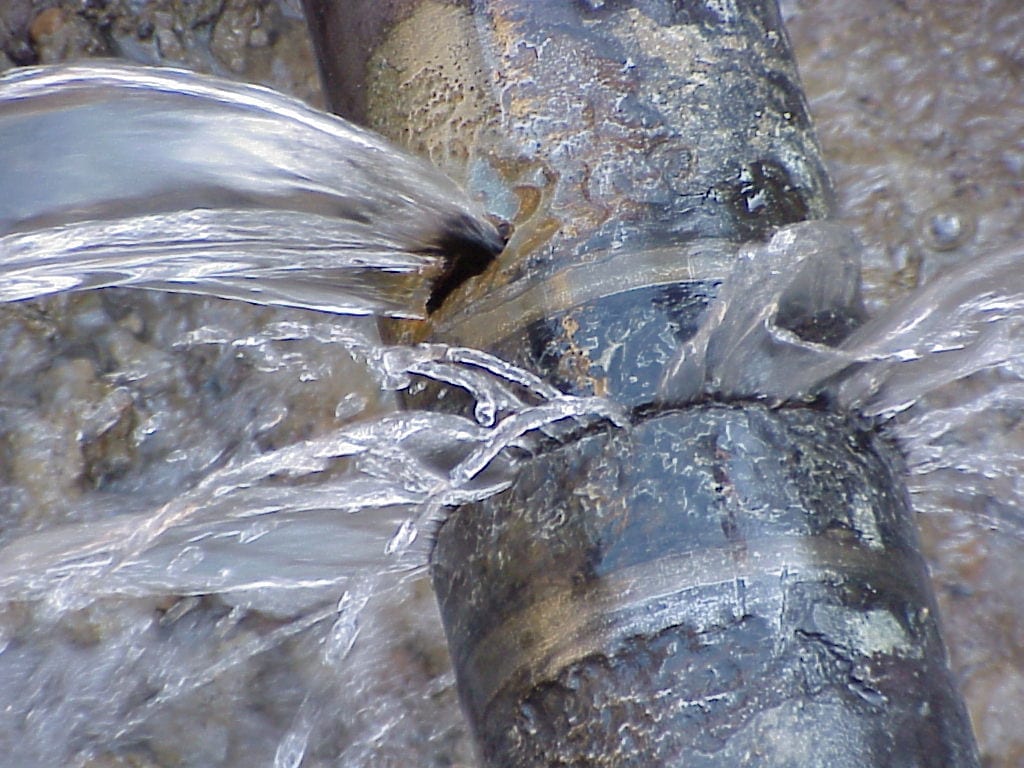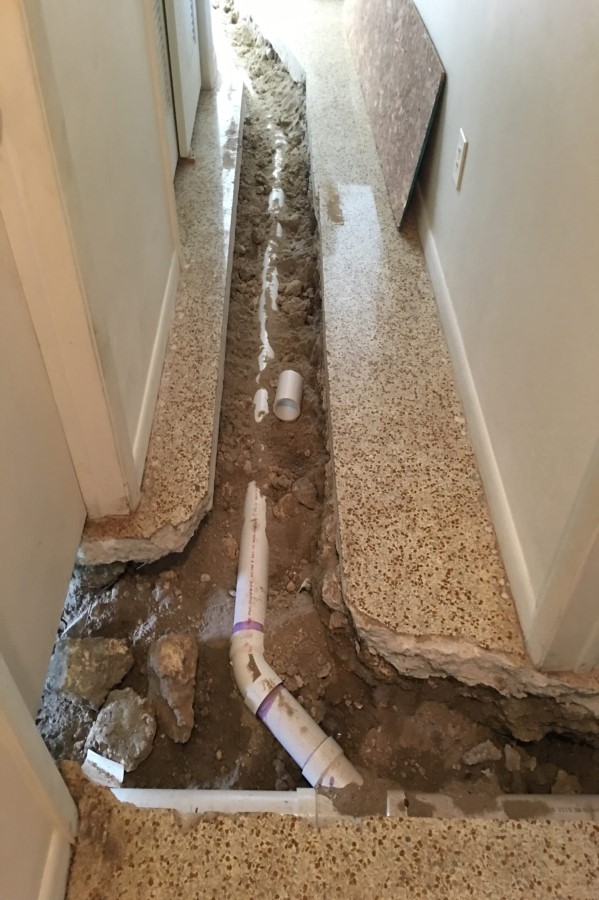How to Fix a Burst Pipe Yourself: A Step-by-Step Guide for Homeowners
How to Fix a Burst Pipe Yourself: A Step-by-Step Guide for Homeowners
Blog Article
Avoiding Ruptured Piping: Necessary Tips to Secure Your Pipes
Protecting against burst pipelines is an essential problem for property owners, specifically throughout colder months when the threat of freezing is enhanced. Implementing tactical steps such as proper insulation, regular inspections, and keeping regular indoor temperatures can considerably lower the chance of pipe failing. In addition, understanding emergency procedures equips house owners to respond quickly to possible pipes concerns. Numerous are not aware of the certain vulnerabilities that their pipelines might deal with. Exploring these vulnerabilities can give indispensable understandings into safeguarding your pipes system properly.
Understand Pipe Vulnerabilities
Comprehending pipe vulnerabilities is necessary for reliable plumbing upkeep and protecting against pricey damages. A number of aspects contribute to the sensitivity of pipes to ruptureds, consisting of product composition, age, and ecological conditions. Older pipelines, particularly those made from galvanized steel or polybutylene, typically degrade in time, causing enhanced threat of leaks and tears.
Temperature level fluctuations can additionally substantially impact pipe integrity. In chillier climates, water trapped in pipes can ice up, broadening and exerting pressure on the pipe wall surfaces, which may eventually bring about a ruptured. Moreover, high water stress can stress pipes, specifically at bends and joints, enhancing the probability of failing.

Insulate Pipeline Properly
Appropriate insulation of pipes is important for protecting against freezing and subsequent bursts throughout cool climate (burst pipe). Protecting your pipes system properly safeguards against temperature drops that can result in costly damage. Begin by identifying susceptible areas where pipelines are subjected to outside temperatures, such as basements, attic rooms, and outside wall surfaces
Usage foam pipe insulation sleeves or cover insulation tape around these areas to provide a safety obstacle. Make certain that all sections of the pipes, particularly those with minimal warmth direct exposure, receive adequate insulation. Pay unique focus to joints and installations, as these are extra prone to freezing.
When insulating, it's necessary to pick products that fulfill regional building ordinance and are suitable for the details setting. For example, fiberglass insulation is often advised for its thermal resistance homes - burst pipe. Furthermore, think about using warm cable televisions or tape in extreme problems, which can be plugged in to provide supplemental heat
Routinely evaluate protected pipelines for any indicators of wear or damages, as endangered insulation can reduce its effectiveness. By taking these positive measures, you substantially minimize the danger of pipeline bursts, making certain a dependable plumbing system throughout the cold weather.
Maintain Regular Temperature Level
A stable interior temperature level is essential for stopping burst pipelines throughout the cold months. When temperatures decrease, water within pipes can freeze, broadening and developing stress that may eventually trigger the pipes to ruptured. To mitigate this threat, home owners should maintain a consistent temperature level throughout their space, ideally no less than 55 ° F(13 ° C)Using a programmable thermostat can assist take care of interior temperatures successfully, making certain that areas with plumbing remain warm also when your house is empty. Pay unique focus to locations that are a lot more susceptible to chilly, such as basements, garages, and attics. Keeping cabinet doors open under sinks can also allow warmer air from the home to distribute around plumbing.
On top of that, it is sensible to enable faucets to leak a little throughout extreme cool spells. This minor circulation of water can prevent cold by easing pressure within the pipelines. During click here for more info especially serious weather condition occasions, consider momentarily suspending any nighttime troubles on your thermostat to maintain a consistent warm atmosphere. By carrying out these techniques, home owners can considerably minimize the threat of pipe bursts and guard their pipes systems against the extreme winter season elements.
Frequently Evaluate Plumbing
Normal assessments of plumbing systems are important for stopping burst pipes and keeping total home stability. During these examinations, it is important to examine noticeable pipes for signs of rust, leaks, or use.
Furthermore, examining connections and joints is essential, as these points are frequently vulnerable to leaks. Home owners must likewise analyze water look these up stress levels, as excessive stress can stress the plumbing system and raise the danger of pipe ruptureds.
Take into consideration scheduling expert pipes inspections at the very least as soon as a year, especially before winter season, to ensure your system is prepared for cooler temperature levels. By being proactive in your approach, you can guard your home versus the disruptive and expensive consequences of burst pipes.
Know Emergency Situation Treatments
Understanding emergency procedures is vital for every homeowner, particularly after carrying out regular plumbing examinations. Being prepared for a pipes emergency can significantly mitigate damages and save prices.
Following, keep necessary devices helpful. A plumbing emergency situation package need to click to investigate include a wrench, bettor, and towels, as well as a flashlight and a container for small leaks. Furthermore, think about having the call details for a relied on plumbing professional conveniently offered, must the situation escalate past your control.
If you identify a leakage or ruptured pipe, instantly switch off the water system and alert your plumbing technician. Record the damage with pictures for insurance objectives. Be conscious of the indicators of prospective pipes issues, such as unusual water stress variations or damp spots on wall surfaces
Eventually, proactive understanding and quick activity are critical in managing pipes emergency situations, guaranteeing your home stays protected and lessening possible damage.

Conclusion
Finally, preventing ruptured pipes demands a diverse technique that includes understanding pipe susceptabilities, proper insulation, preserving regular interior temperature levels, routine evaluations, and understanding of emergency procedures. By implementing these crucial methods, the threat of plumbing failings can be dramatically decreased, thereby guaranteeing the longevity and efficiency of the pipes system. Positive measures not just secure against possible damage however likewise contribute to total water conservation and the security of building.
In colder environments, water trapped in pipelines can freeze, putting in and increasing pressure on the pipeline wall surfaces, which might inevitably lead to a burst. When temperature levels drop, water within pipes can freeze, increasing and creating pressure that may inevitably cause the pipes to ruptured. By applying these strategies, home owners can considerably minimize the threat of pipe ruptureds and secure their pipes systems versus the harsh wintertime components.

Report this page